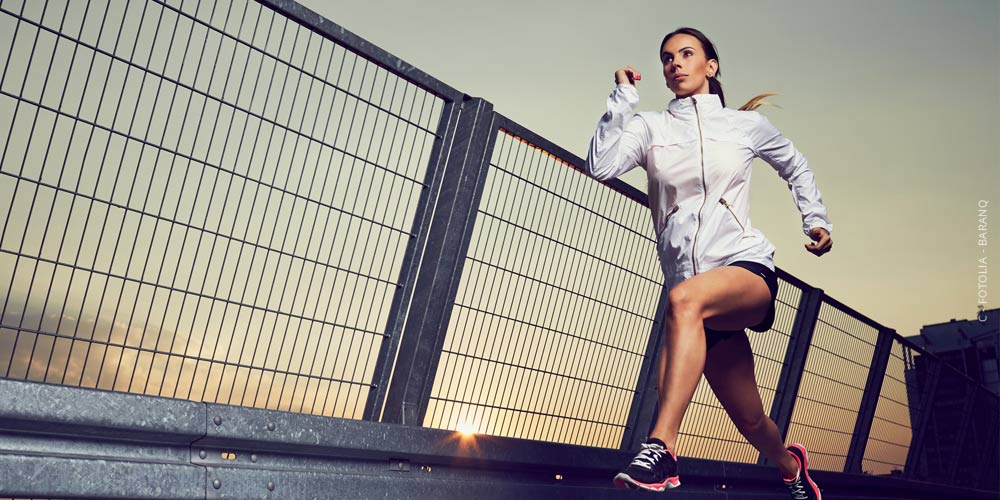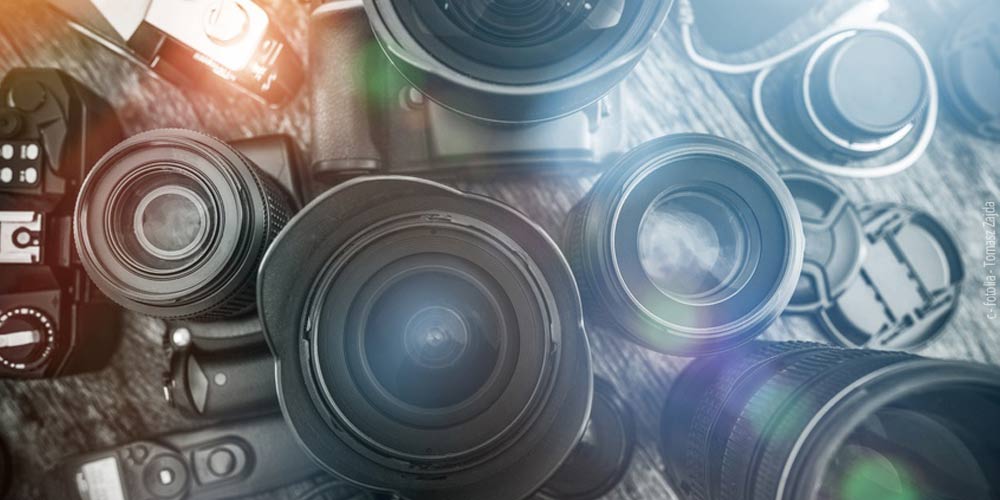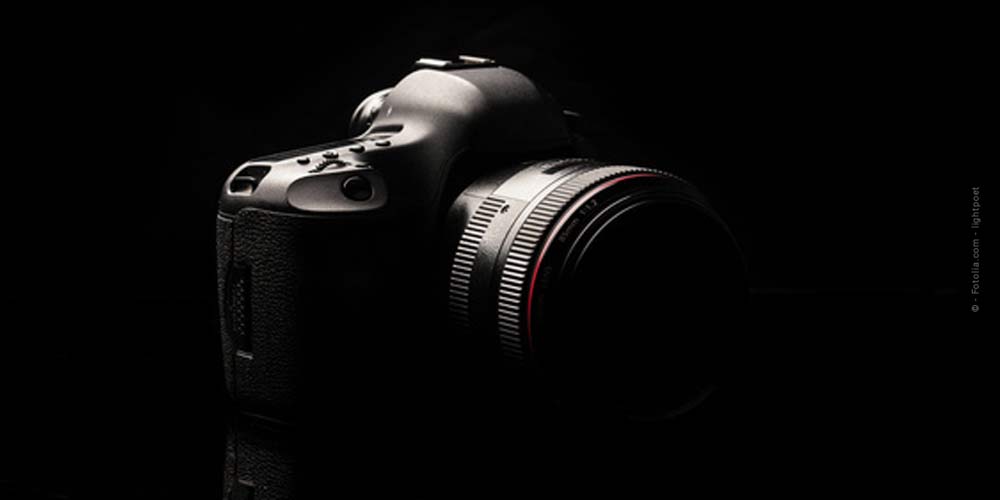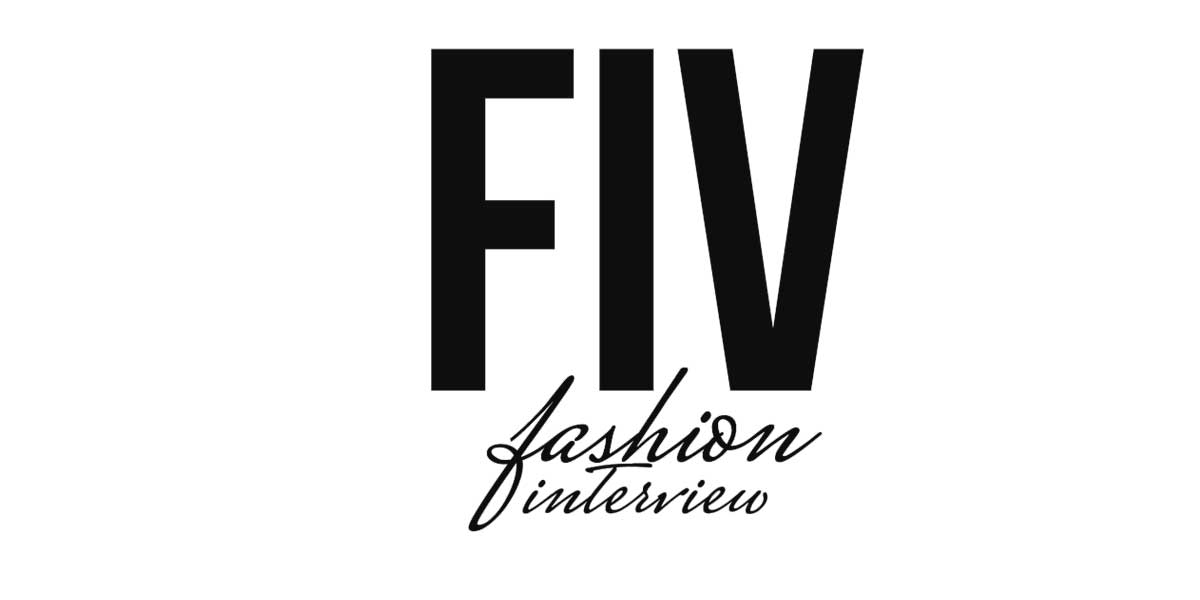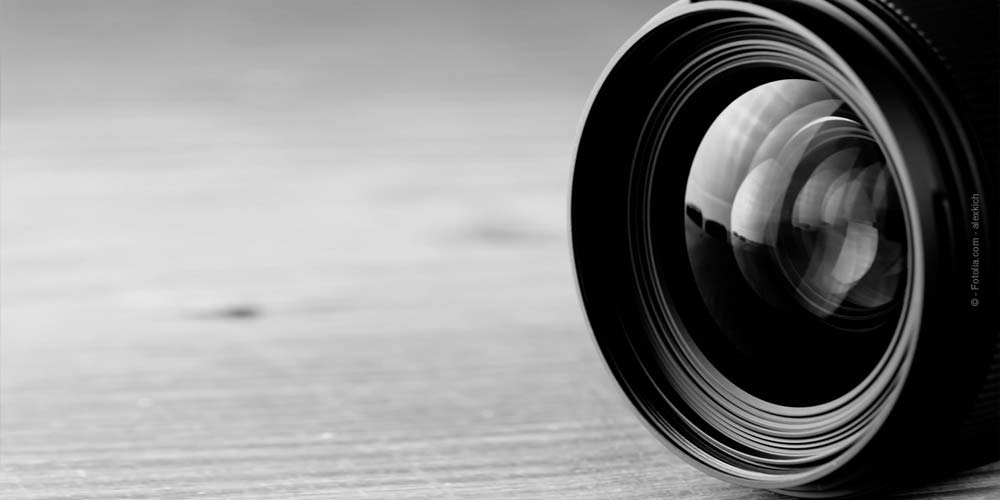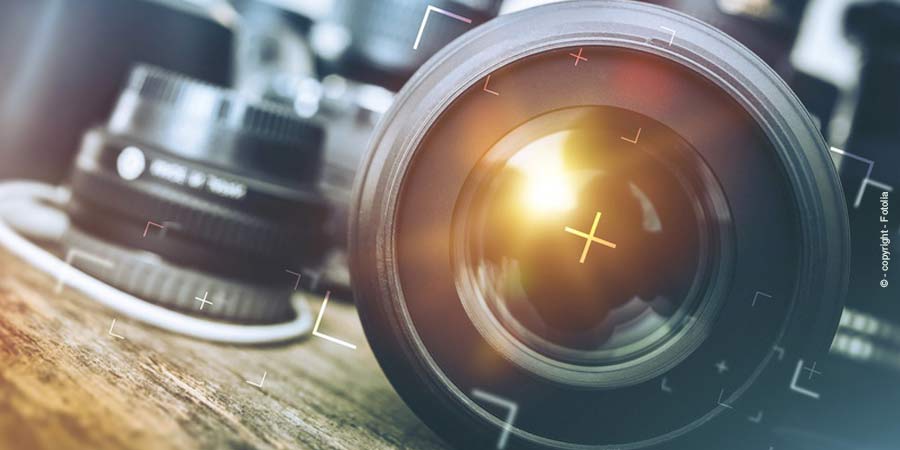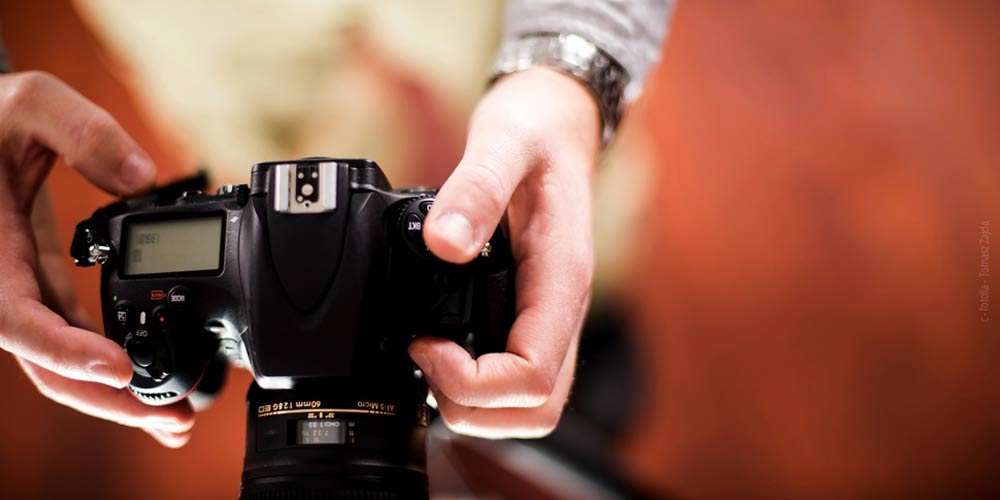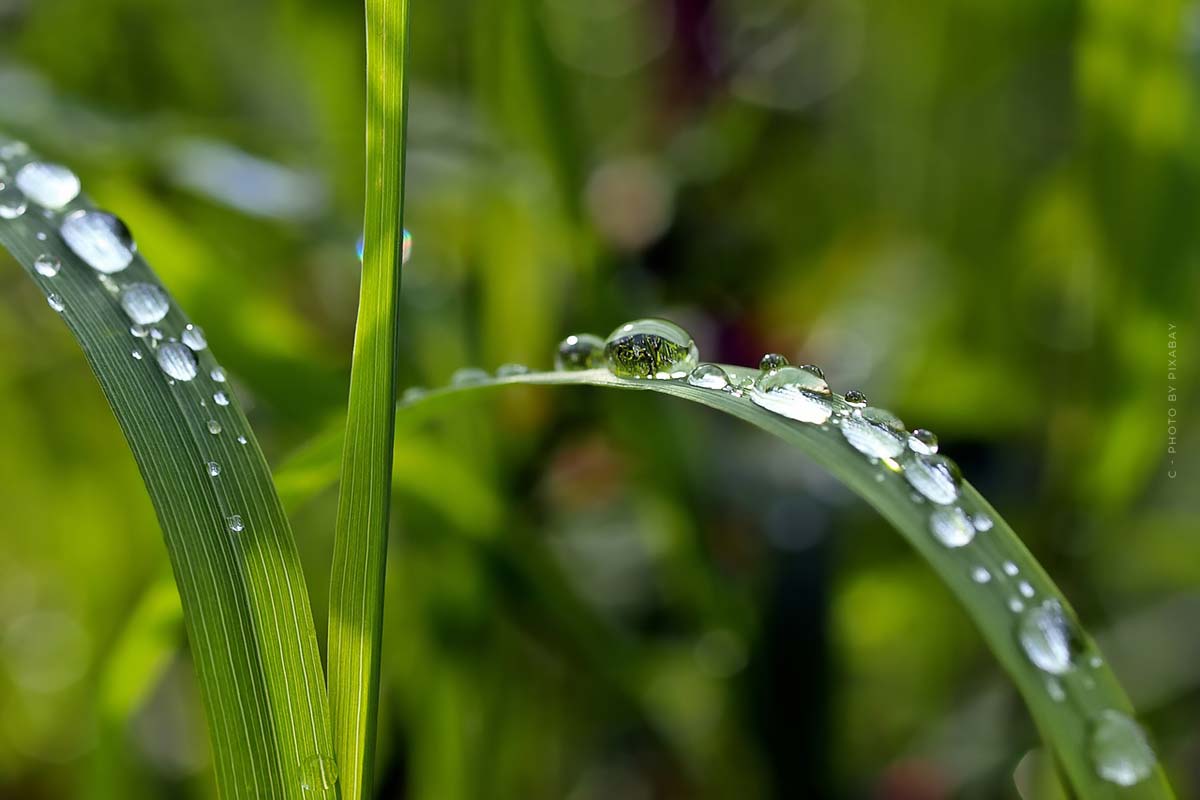Macro lenses: magnification, focal length class, image quality for portrait & beauty photography
Photographing with a macro object is characterized by the magnification of the image. This indicates the size of the subject being photographed or recorded on the image sensor or film.
Macro lenses: From microorganisms to dust particles
When it comes to a 1:1 ratio, the subject and its projection on your camera and its image plane are the same size. In other words, an object one centimetre in size remains on the recording medium as a motif one centimetre in size. If the ratio is between 1:2, then your motif is only half as large. Means one centimetre becomes 0.5 centimetres. Usually we speak of a macro lens when the magnification is 1:4 and larger. In order to achieve the highest reproduction scale with your macro object, you as a photographer must be able to approach the subject very closely. You must be able to get so close that your camera is barely able to focus on the object. This distance is referred to as the “close-up limit”.
Macro lenses are generally used by photographers who want to capture the tiniest details, tiny creatures or insects. It is less well known that a macro lens focuses on everything and is as sharp as only very few lenses in this price range can. Exceptions to this rule are photographs taken at great distances. If you want to focus on quality of sharpness and don’t want to dig too deep into your pocket, then a macro lens is the optimal purchase for you.
The different classes of macros
Macros are usually roughly divided into three focal length classes. The short macro lenses have a focal length of approx. 50 mm and are among the cheapest. As a cheap entry maybe quite nice but not really recommendable, with the exception of the newer ones with a focal length of about 60 mm. Designed for cameras with an APS-C sensor, they achieve approximately the same detail as with a 100 focal length in full format.
The middle class of macros are the focal lengths around 100 mm. These include the Tamron 90, Sigma 105, Tokina 100 and Canon 100, which are the most commonly used and purchased macros. 150 – 180 mm is the longest focal length class in macro photography and ensures an extremely comfortable shooting distance during the 1:1 image ratio. Especially if you photograph animals, they still have an acceptable escape distance. However, macro lenses in this class are the most expensive, heaviest and largest. In addition, they no longer have such a high luminous intensity.
Possibilities with the macro lens in the portrait and beauty area
Macro lenses are also ideal as beauty and portrait lenses. In addition to an affordable price, the focal length is about the same as a light telephoto lens, which is ideal for facial proportions. The lenses are comparatively handy and lightweight, and with a light intensity of 2.8 still sufficiently high. For you as a beauty photographer, image cuts are made possible that you would not be able to achieve with other lenses due to the close-up limit. Of course long focal length telephoto lenses are used in the professional segment, but the photographer often needs a lot of space backwards and taking pictures from above is very difficult.
In addition, telephoto lenses of the appropriate quality are among the most expensive purchases. However, you should not only think about the most extreme details such as a part of the lips or eye. Also the really format-filling illustration of a face, as well as partial cutting away of it often needs a macro. Not only in terms of versatility and price is a macro lens incredible, because also sharpness and quality are unbeatable. However, make sure that the extension of the depth of field at close range is extremely small. Do not select the f-number too small. Of course, you can also use your macro for product shots as a handy telephoto lens with excellent speed.
If you want to really let off steam in the world and want to capture the many small inconspicuous things impressively, you can’t avoid buying a macro lens. Small things and details become very big and beauty highlights are particularly sharply staged.
